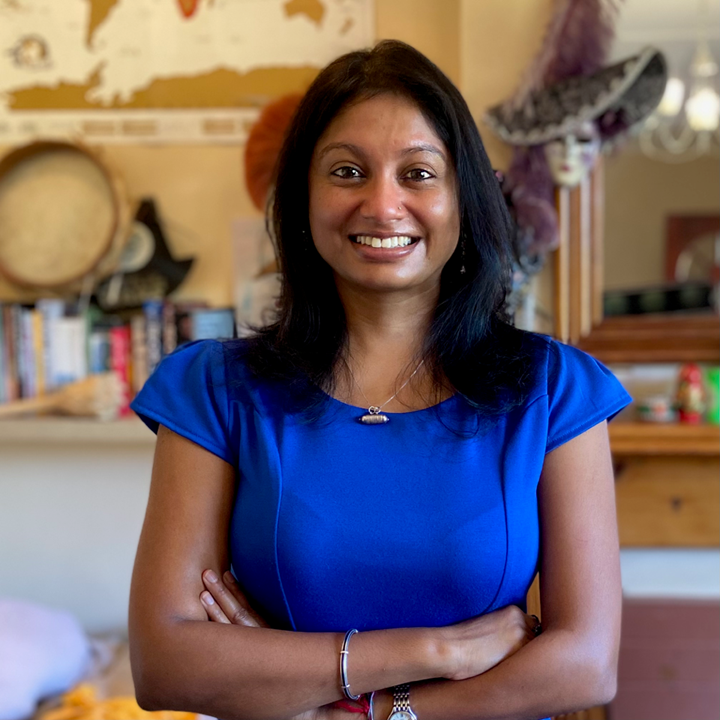In an interview with Forecasting Healthy Futures, mathematical modeler and statistician Dr. Sheetal Silal discusses the role of infectious disease modeling in malaria elimination efforts. Dr. Silal, a member of the Forecasting Healthy Futures Institute for Health Modeling and Climate Solutions (IMACS), is the Director the Modeling and Simulation Hub, Africa (MASHA) and associate Professor in the Department of Statistical Sciences at the University of Cape Town (UCT).
How does mathematical modeling assist with malaria elimination efforts?
SILAL: Mathematical modeling for malaria has become an essential part of the country's strategic development plans, including funding applications. It's almost a given that modeling is being done now, whereas before it really was something new.
What mathematical modeling tries to do is incorporate that entire system by representing each element of the system through mathematical equations. It’s almost like a giant video game for malaria: a virtual world where we add in vector biology, rainfall, temperature and humidity – and determine its impacts on the spread of malaria.
These factors impact your larval development and the growth of mosquitoes. We can also factor in residual spraying and treated nets, because these impact the mortality of mosquitoes and biting rate.
So, we build in all these different aspects using mathematics and using computer programming. The goal is that this isn’t just about math and malaria and computer science. It’s about broadening into all types of vector biology, entomology, climate science, and economics. It's quite multidisciplinary, but our work is a model for bringing experts together. And we bring their knowledge together in a system, in a mathematical system.
How have trends changed since you started doing this?
SILAL: Since I started working in the malaria space, which would have been about 15 years ago or so, back then countries were just starting to use modeling to put together national strategy plans for malaria elimination. You had countries close to elimination, using modeling to determine what it would take to reach elimination and what do they need to do. They were asking questions, like ‘How much will it cost?’ and ‘What happens if I have a higher prevalence neighbor?’
And then you had countries with higher levels of malaria that were still in the control phase, and they were leaning on modeling to help with that. Modeling for malaria was just developing and decision makers weren't quite seeing its value.
But over the past 10 to 15 years, with the demonstration of modeling, statistical sciences have become a constant companion for decision makers and the formulation of national strategy plans.
For example, in 2019, malaria elimination efforts in South Africa had been thrown off course. There were some climatic events and operational events that happened that set the country off track for meeting goals. So, the question was, do we need a new goal for elimination? When will it be? What do we need? But many elimination programs are expensive. And it wasn’t clear where they would get the additional funding. So, malaria is domestically resourced and funded with taxpayers' money.
So, we did an investment case with the governments to work out the different pathways that we could take to actually achieve elimination, and looked at how much it would cost. Then we took that proposal to our national Treasury to request the money. And that's how our program was funded - a direct outcome of the modeling itself. So, once you start seeing that modeling can actually have monetary benefits, it becomes the constant companion of decision making going forward.
What has been the impact of climate change?
SILAL: We are seeing the impacts of climate change in a variety of ways. For one, changes in behavior and of vectors appearing in areas where they have really shouldn't be transmitting, where the altitude was previously not suitable for them. Let’s also not forget the impact that climate has on human behavior and the adaptation of human behavior in terms of increased urbanization and how it relates to malaria transmission.
When it comes to malaria programs themselves, one of the biggest impacts has been the interannual variability. So, between years, things are changing. For example, rain was traditionally expected in September, but now they see rains coming a month earlier or they come in months later, or you just don't know what's going to happen.
The problem with this is that it impacts planning. If you want to implement a net distribution program or a spray program, you need to place orders for these a year in advance. But, if your mosquito season suddenly starts earlier, you may not have the products in hand by the time the season starts because of that weather variability. That’s the challenge.
But this is where modeling comes in. We're trying to understand better in the region how we can better support decision making by modeling through different climatic timescales.
There’s your immediate decision-making timescale, which is a few weeks hence or a month. But then there's the longer scale, such as what's going to happen in the next year's season. At the same time, every few years countries are developing their national strategic plans, looking at a 3 to 5 year window or even a 5 to 10 year planning window.
Then we need to bring into political discussions, what might a country's climate look like in 40 years’ time? It’s really important to bring this discussion to the table so that we can understand the sustainability of elimination activities and malaria control into the future.
How does being a member of the IMACS network support your efforts?
SILAL: These groups play a vital role in several ways. One, it brings together experts, all of them from different parts of the world. This helps us to mutually learn, transfer knowledge and learn from each other's experiences across the region by bringing new topics of discussion to the table.
There's a common saying: alone we go faster but together we go further. I think that's exactly what these initiatives do. As each country is striving for its own malaria goals, by bringing our scientific knowledge together across countries, we are able to advance each other just a little bit further.
What would you say to those who may be interested in making a difference in the world but may not have considered the role of math modeling?
SILAL: I started my career in the world of finance and the world of quantitative finance and actuarial science, which is very far from this, from this world. But I was drawn to mathematics and using mathematics for problem solving. Then I moved into a field called Operations Research, focused on problem solving, using quantitative methods like mathematics and basically whatever tools you need to support better decision making. And it was then that I came across a malaria modeling paper and suddenly realized, you can use these methods to support public health.
My first job was then in health economics, focused on public health problems, including supporting maternal health comprehensive maternal delivery packages in in South Africa. I got an appreciation for impacting people and health outcomes.
Then, you pair that with using math to support decision making, and you suddenly realize ‘I can make a difference.’ I haven't left the world of public health, decision making and policy modeling since.
I would just add, there are many ways in which people can support public health. Malaria is one issue. Supporting public health modeling is a technique. It is a tool that can be applied across the breadth of diseases. These same skills and technique can be applied across a breadth of diseases and there are many, many problems that need solving. So, I'd encourage anybody remotely interested in using math to problem solve to get into this field because there's plenty of work for everyone.

###
